Note: this article was used as introduction for my book Robotics, Mechatronics and Artificial Intelligence published in 2002
Hugo Gernsback, Isaac Asimov, and many other science fiction authors are very popular among those who have explored the themes of robots, automatic machines, and artificial intelligence.
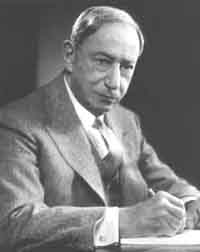
In particular, the works of Hugo Gernsback, who used electronics in many of his narratives. are recommended to the reader who is interested in this subject. You can Visit his web site at http://www.hugogernsback.com.
To trace the origin of robotics, we must travel in time, going back as far as ancient Greece, where the first movable statues were built. In the first century B.C..
Hero of Alexandria conducted experiments with mechanical birds.
From some time later, around 270 B.C, we have accounts of Cresibus. a Greek engineer who made organs and water clocks with movable figures.
Still later, in AD. 770, the Swiss clock maker Pierre Jacquet-Droz created three mechanical dolls that could play music on an organ, draw simple pictures and write. Another name that cannot be omitted from the history of robotics is Nikola Tesla, who built a radio-controlled submarine.
The word robot was coined in 1921 by the Czechoslovakian novelist Karel Kapec in his book. R. U.R.-Rassum ’s Universal Robots.
In his book he described mechanical servants that could do all the things that a man could. Robot is just the Czech word for worker.
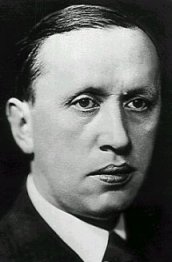
From that time until today, the word has become a term used to indicate all mechanical beings that can perform some tasks normally done by humans.
More recently, many authors have explored the idea of mechanical beings, including the famous R2-D2 and C-3PO seen in movies of the Star Wars series.
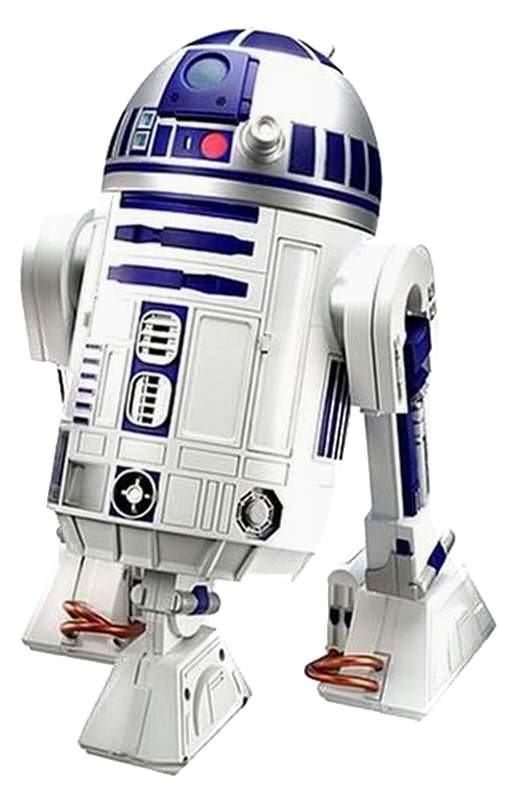
The popular image of a robot is normally associated with creatures having forms or behaviors that resemble those of humans.
The human-like robots in most cases have arms, legs, and a head that can think, and sometimes they even display some “emotions.”
For the scientists and engineers who work with projects in robotics, the practical image of a working robot is otherwise.
The basic idea of a practical robot is to replace humans in repetitive, dangerous, or tiring tasks.
Because the most repetitive and tiring task found in the real word today is the manufacture of objects on a production line, the first idea of practical robotics was associated with industry.
Industrial robots were the first real “beings” of this category to enter our modern word as operating machines, making things for us.
Cars, electronic devices, and home appliances today are manufactured by automatic machines or “robots” that replace the common worker in a production line, much to our advantage.
The interesting point to consider is that a practical robot on an industrial production line has an appearance that, in most cases, doesn‘t resemble a human being in any way.
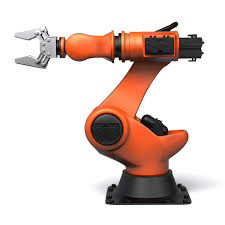
These devices have no legs and no head, but many arms that are designed in appropriate forms and sizes for specific tasks.
There is no practical necessity to make them resemble human appendages.
Of course, the idea of human-like robots that work in your home as servants, or to perform other practical tasks has not disappeared.
From this idea-the association of electronics with mechanics to produce machines that can perform a wide range of tasks automatically-has come a new science called mechatronics.
Many definitions of mechatronics have been offered.
The basic idea is the use of a synergistic integration of mechanics, electronics, and computer technology to produce enhanced products or systems.
Mechatronics thus is a subset of cybernetics.
Since mechatronics and robotics can be placed in parallel blocks when studying their applications and circuits, they share many common points.
This is why when analyzing the curriculum of many courses in mechatronics we find that they cover the operation and construction of robots.
Likewise, when analyzing the curriculum of robotics courses, we find that they deal with the construction of devices that integrate mechanics and electronics!
Another subject related to these studies is artificial intelligence.
Modern robotics and mechatronics designs often include some degree of intelligence.
The question of what criteria should be used to define intelligence in this case. and to determine what level exists within a machine. is a problem that lends itself to many approaches.
For example, Alan Turing, a british mathematician. conceived an interesting test to determine if a machine is or isn‘t intelligent.
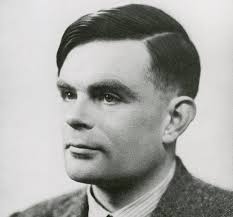
He proposed the use of a person to test the machine.
Man and machine are connected via some kind of a modem such that the person doesn't know who is at the other end of the line.
Through this connection, they can exchange messages, thereby conducting a conversation.
If the machine can maintain a conversation well enough that the person can't be sure if it is a human or machine, the machine can be considered intelligent.
Today, engineers, researchers, experimenters and students, when thinking about robotics, mechatronics or artificial intelligence, have many common issues to consider.
Projects in this field have some structural similarities, since they all use electronics and mechanics. (Because the aim of site is to provide electronic building blocks for these projects, we are including in this site hydraulics and pneumatics in this field. This is a real possibility that should be considered for more advanced concepts.)



